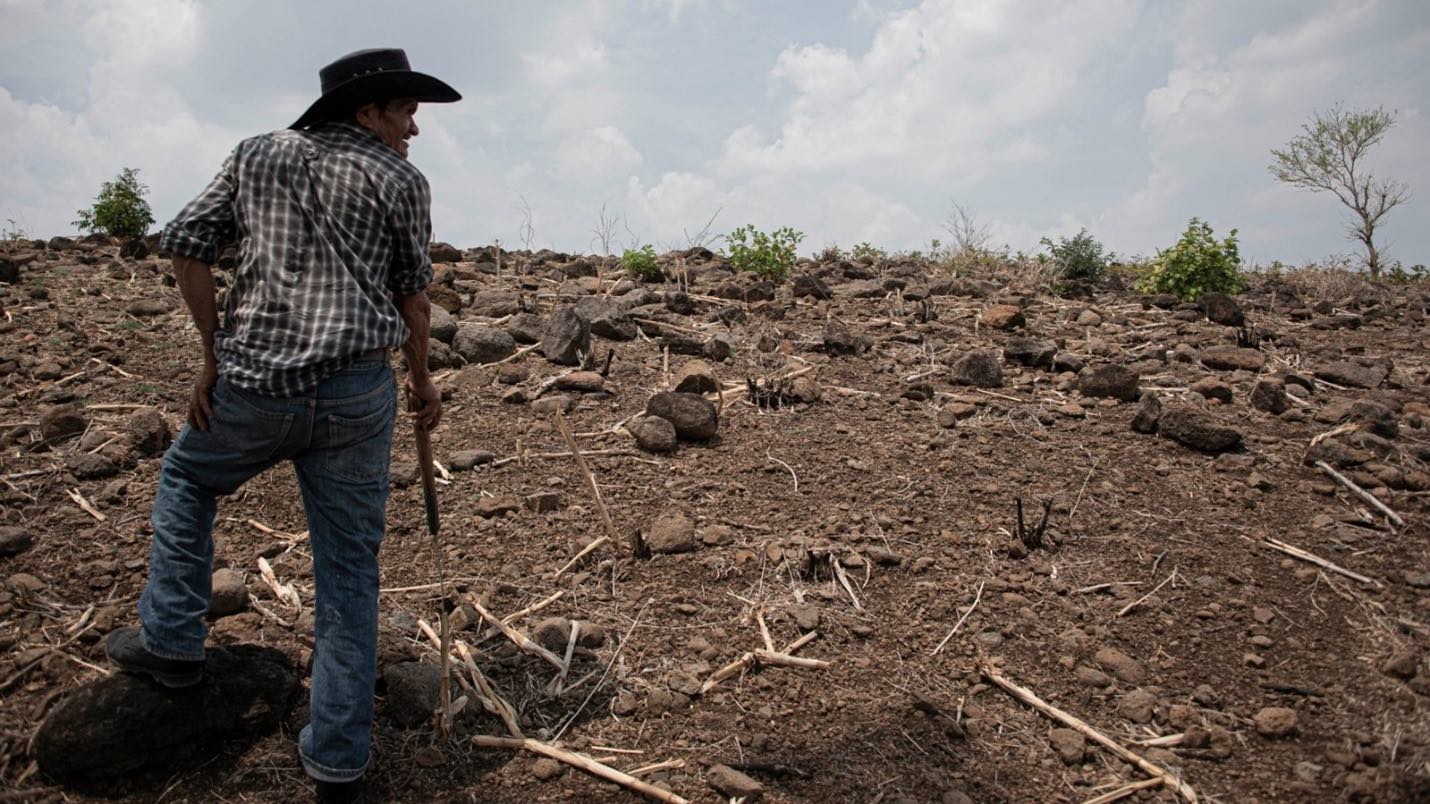“A large proportion of the under nutrition in South Asia begins well before children are born, so it relates to gender constraints and issues related to women’s education to adolescent health to early marriage,” explains Purnima Menon, a research fellow at the International Food Research Policy Institute (IFPRI),in a recent interview.
“You have women entering pregnancies in a relatively poorly nourished state and earlier in their lives than they should otherwise and this has implications for their children’s nutrition and for subsequent growth.”
The devastating cycle of malnutrition has continued to alarming levels in India as identified by the 2008 India State Hunger Index (ISHI) released by IFPRI, Welthungerhilfe and UC Riverside. Measuring the prevalence of malnutrition for children under five, the children under-five mortality rate, and the proportion of people who are calorie deficient, the ISHI combined the scores and ranked all the 17 major states in serious, alarming, or extremely alarming conditions.
The ISHI has received prominent media attention including an article about malnutrition in the New York Times and frequent mentions in Indian media. Listen to Menon, co-author of the ISHI, highlight some of the major research findings and policy implications of the ISHI.
The shocking results of the study may have influenced the UPA government in India to propose a National Food Security Act to be published in the very near future, according to the Times of India. The Times of India reported the Food Security Act will require families who are below poverty line in rural or urban areas to receive up to 25 kgs of food grain at 3 rupees/ kg per month. Currently, below poverty level families are provided with 35 kgs of rice or wheat per month. Wheat is available at 4.15 rupees/ kg while rice is 5.65 rupees/ kg.
Biraj Patnaik explained if the United Progressive party was voted back to power, Congress agreed to pass a food act based upon the premise that all citizens have the right to food. No one should go hungry. If the Indian government passes this bill, they will have taken the first step to improve their 66 out of 88 ranking on IFPRI’s Global Hunger Index.
While this Act may lead to improvement in malnutrition and hunger levels, the Indian government faces distribution challenges as well as financial setbacks. Some worry about the Food Security Act during a year the crop was not very successful, as well as whether there will be limits on the number of people in each state able to receive food due to storage and balanced distribution according to the population. A draft of the Food Security Bill will be published soon online at the website of the ministry of food and public distribution for ongoing debate before the final budget is available.
What do you think of the proposed plan? What are your hopes and concerns about the Food Security Act relating to the India State Hunger Index?







